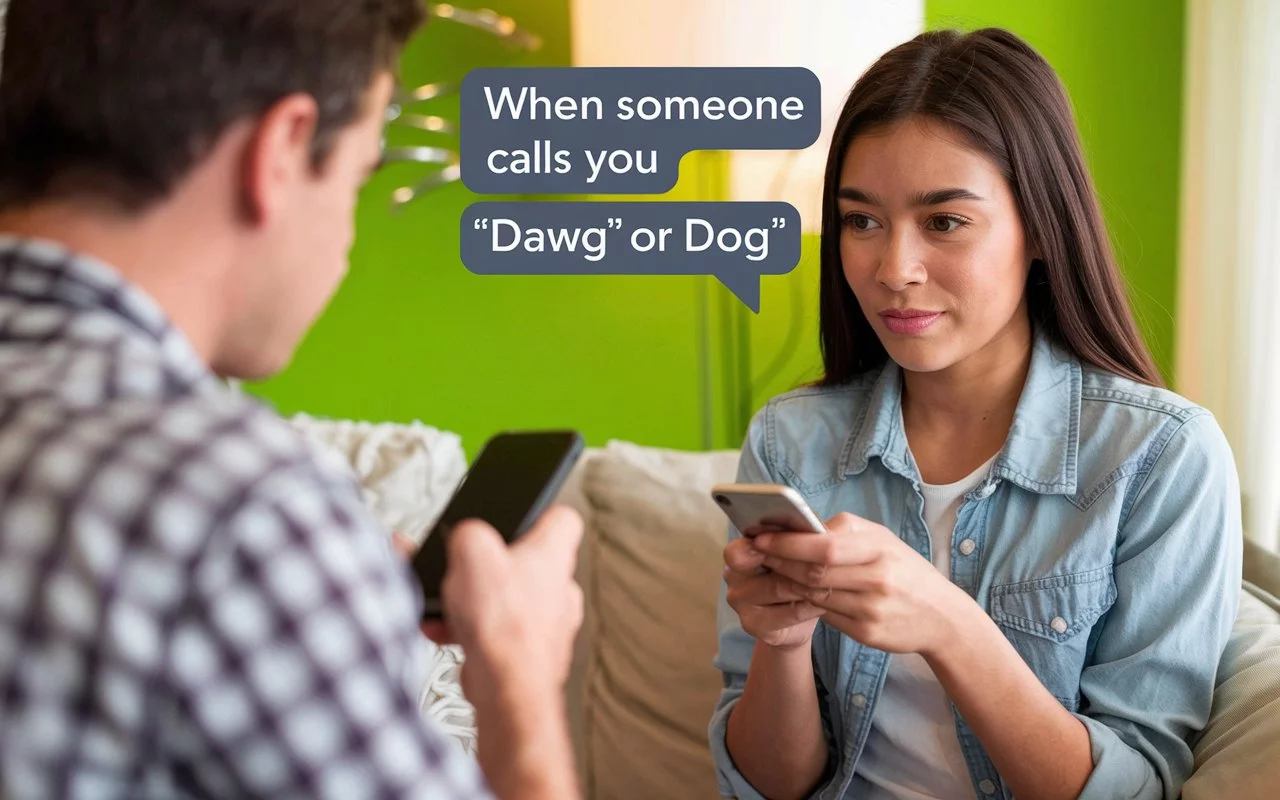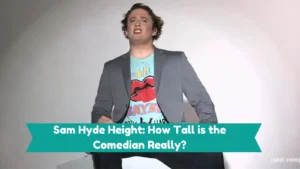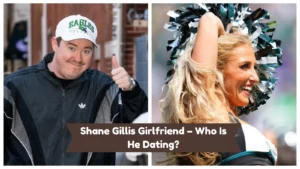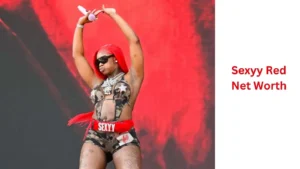In modern vernacular, being called “dawg” or “dog” has become a term of endearment and camaraderie among friends.
While some might find it surprising, these terms carry a sense of brotherhood and friendship. Knowing how to respond in a way that continues the friendly banter can enhance relationships and bring a smile to everyone’s face.
In this article, we will explore 30 creative and friendly comebacks you can use when someone calls you “dawg” or “dog.” These responses are designed to keep the conversation light-hearted and enjoyable, ensuring that everyone leaves with a positive feeling.
What’s up, pup?
When someone calls you “dawg,” a great response is, “What’s up, pup?” This playful twist on the term keeps the conversation light-hearted and fun.
Example: Friend: “Yo, dawg!” You: “What’s up, pup?”
Using “pup” instead of “dawg” emphasizes the playful and youthful aspect of the conversation, making it clear that you’re in on the joke and ready to have a good time.
Woof! You talking to me?
Adding a sound effect like “woof” can inject humor into your response. It’s unexpected and adds an element of surprise to the interaction.
Example: Friend: “Hey, dawg!” You: “Woof! You talking to me?”
This response works well because it acknowledges the greeting with a comical twist, showing that you’re not only acknowledging the term but also embracing the humor behind it.
Barking up the right tree, I see!
Using a common dog-related phrase like “barking up the right tree” shows that you’re familiar with the lingo and ready to engage in the playful banter.
Example: Friend: “What’s up, dawg?” You: “Barking up the right tree, I see!”
This response also adds a layer of witty humor, as it cleverly plays on the double meaning of “barking” and “tree.”
Only if you’re my pack leader!
Referring to your friend as the “pack leader” can be a fun way to acknowledge their greeting while also showing respect and camaraderie.
Example: Friend: “Yo, dawg!” You: “Only if you’re my pack leader!”
This response works because it reinforces the bond between you and your friend, suggesting that you’re part of the same “pack.”
Arf! Arf! What’s the plan?
Incorporating more dog sounds can make your response even more playful and engaging. “Arf! Arf!” mimics a dog barking, adding a layer of fun to the conversation.
Example: Friend: “Hey, dawg!” You: “Arf! Arf! What’s the plan?”
This response is effective because it shows that you’re enthusiastic and ready to join in on whatever your friend has in mind.
Fetch any good news lately?
Turning the conversation towards positive news with a dog-related pun is a great way to keep the interaction uplifting and cheerful.
Example: Friend: “What’s up, dawg?” You: “Fetch any good news lately?”
This response not only continues the dog theme but also steers the conversation towards sharing something positive or exciting.
Just wagging through life!
Using “wagging” to describe how you’re feeling can be a clever way to incorporate dog-related imagery into your response, keeping the tone light and fun.
Example: Friend: “Yo, dawg!” You: “Just wagging through life!”
This response is relatable and adds a visual element, as everyone can picture a happy dog wagging its tail.
Is this a pawsitive greeting?
A pun on the word “positive” is a great way to keep the conversation playful and infuse humor into your response.
Example: Friend: “Hey, dawg!” You: “Is this a pawsitive greeting?”
Using “pawsitive” not only continues the dog theme but also shows your witty side, making the interaction more enjoyable.
You must be barking mad!
Incorporating the phrase “barking mad” can add a bit of playful sarcasm to your response, indicating that you’re in on the fun.
Example: Friend: “What’s up, dawg?” You: “You must be barking mad!”
This response works well because it combines humor with a bit of friendly teasing, enhancing the overall interaction.
Are we going for a walk?
Suggesting an activity like going for a walk ties back to the dog theme and shows that you’re ready to engage in whatever your friend has planned.
Example: Friend: “Yo, dawg!” You: “Are we going for a walk?”
This response is effective because it’s both playful and suggests spending time together, reinforcing your friendship.
Do I get a treat for this?
Adding a bit of humor about getting a treat can make your response fun and light-hearted. It’s a playful way to keep the conversation engaging.
Example: Friend: “Hey, dawg!” You: “Do I get a treat for this?”
This response works because it continues the dog theme while adding an element of humor about rewards.
Sniffing out the fun, are we?
Using a phrase like “sniffing out the fun” keeps the conversation light and playful, suggesting that you’re both on the lookout for a good time.
Example: Friend: “What’s up, dawg?” You: “Sniffing out the fun, are we?”
This response is effective because it combines the dog theme with a sense of adventure and fun.
Howl’s it going?
A pun on “how’s” by using “howl’s” adds a bit of wordplay to your response, making it more engaging and enjoyable.
Example: Friend: “Yo, dawg!” You: “Howl’s it going?”
This response works because it’s a clever play on words, showing that you’re ready to have some fun with the conversation.
Let’s fetch some good times!
Suggesting that you “fetch some good times” continues the dog theme and invites positive interactions and fun activities.
Example: Friend: “Hey, dawg!” You: “Let’s fetch some good times!”
This response is effective because it emphasizes having fun together and enjoying each other’s company.
Leash the day!
A play on “seize the day,” “leash the day” adds a dog-related twist to a common motivational phrase, keeping the conversation upbeat.
Example: Friend: “What’s up, dawg?” You: “Leash the day!”
This response works well because it combines motivation and humor, encouraging a positive outlook.
Paw-sitively thrilled to see you!
Using a pun like “paw-sitively” keeps the conversation light-hearted and fun, while expressing genuine excitement to see your friend.
Example: Friend: “Yo, dawg!” You: “Paw-sitively thrilled to see you!”
This response is effective because it expresses enthusiasm and continues the playful dog theme.
Ready for some tail-wagging fun?
Suggesting “tail-wagging fun” keeps the conversation engaging and upbeat, showing that you’re ready for a good time.
Example: Friend: “Hey, dawg!” You: “Ready for some tail-wagging fun?”
This response works well because it’s both playful and invites enjoyable activities, enhancing the overall interaction.
Dog-gone it, you’re funny!
Adding a bit of friendly humor to your response with a phrase like “dog-gone it” can make the conversation more enjoyable and light-hearted.
Example: Friend: “What’s up, dawg?” You: “Dog-gone it, you’re funny!”
This response is effective because it combines humor and camaraderie, making the interaction more engaging.
Just pawsing to say hi!
Using “pawsing” instead of “pausing” keeps the dog theme going and adds a playful twist to your greeting.
Example: Friend: “Yo, dawg!” You: “Just pawsing to say hi!”
This response works well because it’s a clever play on words, making the conversation more fun.
Feeling fur-tunate today!
A pun on “fortunate” with “fur-tunate” keeps the conversation light-hearted and playful, expressing a positive mood.
Example: Friend: “Hey, dawg!” You: “Feeling fur-tunate today!”
This response is effective because it combines positivity and humor, enhancing the interaction.
You can call me ‘Top Dog’!
Referring to yourself as the “Top Dog” can be a fun and confident way to respond, keeping the conversation engaging and playful.
Example: Friend: “What’s up, dawg?” You: “You can call me ‘Top Dog’!”
This response works well because it shows confidence and humor, making the interaction more enjoyable.
How about a round of fetch?
Suggesting a game of fetch keeps the dog theme going and shows that you’re ready for some fun and active engagement.
Example: Friend: “Yo, dawg!” You: “How about a round of fetch?”
This response is effective because it invites playful activities, reinforcing the bond between you and your friend.
Barking up a storm today!
Using a phrase like “barking up a storm” adds a bit of humor and energy to your response, keeping the conversation lively.
Example: Friend: “Hey, dawg!” You: “Barking up a storm today!”
This response works well because it combines humor and enthusiasm, making the interaction more engaging.
Just here for the pawty!
A pun on “party” with “pawty” keeps the conversation light-hearted and fun, showing that you’re ready for a good time.
Example: Friend: “What’s up, dawg?” You: “Just here for the pawty!”
This response is effective because it emphasizes having fun together and enjoying the moment.
Pawsitively ready to roll!
Using “pawsitively” again in your response keeps the dog theme going and expresses enthusiasm, showing that you’re ready for whatever comes next.
Example: Friend: “Yo, dawg!” You: “Pawsitively ready to roll!”
This response works well because it combines positivity and readiness, enhancing the overall interaction.
Let’s unleash some fun!
A play on “unleash” adds a dog-related twist to your response, keeping the conversation engaging and upbeat.
Example: Friend: “Hey, dawg!” You: “Let’s unleash some fun!”
This response is effective because it invites enjoyable activities, making the interaction more engaging.
Tails wagging, spirits high!
Using “tails wagging” to describe your mood keeps the dog theme going and expresses positivity, showing that you’re in a good mood.
Example: Friend: “What’s up, dawg?” You: “Tails wagging, spirits high!”
This response works well because it combines visual imagery and enthusiasm, making the conversation more enjoyable.
Fur real? What’s up?
A pun on “for real” with “fur real” adds a playful twist to your response, keeping the conversation light-hearted.
Example: Friend: “Yo, dawg!” You: “Fur real? What’s up?”
This response is effective because it combines humor and curiosity, making the interaction more engaging.
Always in the doghouse!
Referring to the “doghouse” adds a bit of humor and self-deprecation to your response, keeping the conversation playful.
Example: Friend: “Hey, dawg!” You: “Always in the doghouse!”
This response works well because it combines humor and relatability, enhancing the overall interaction.
Stay pawsome, my friend!
Using “pawsome” instead of “awesome” keeps the dog theme going and expresses positivity, showing that you value your friendship.
Example: Friend: “What’s up, dawg?” You: “Stay pawsome, my friend!”
This response is effective because it combines positivity and camaraderie, making the interaction more enjoyable.













